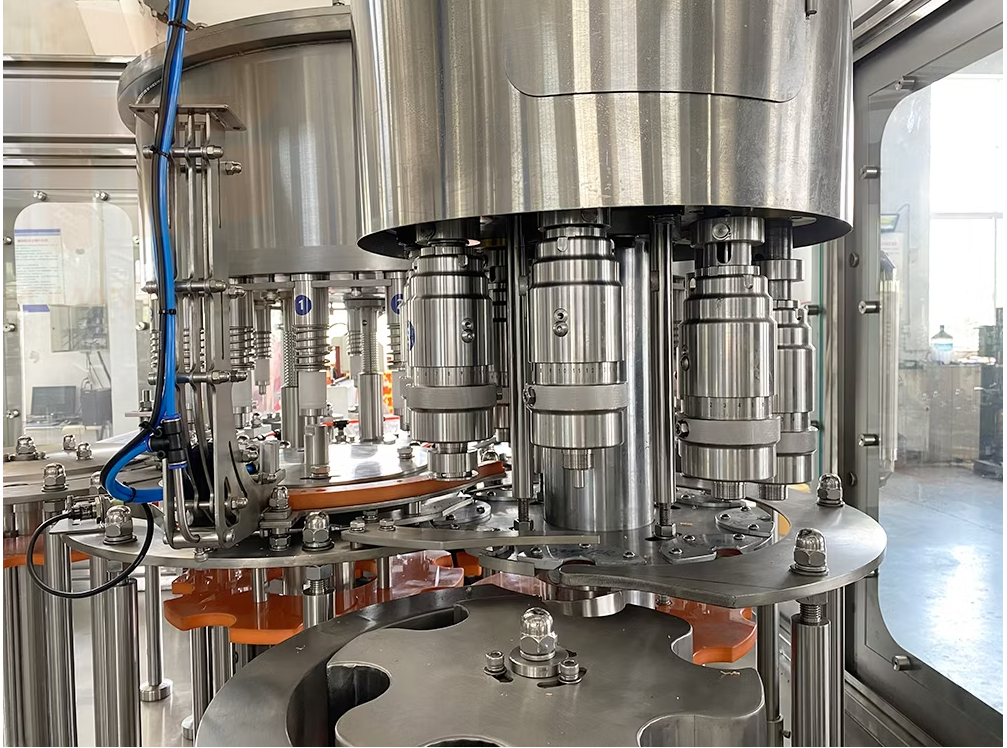What Is Sheet Metal Fabrication?

Rapid prototyping
and full-scale production

ISO accredited
& QC checks

All in-house
processes

Used in over
50 countries

FREE Instant
quotations
Sheet metal fabrication is the bedrock of manufacturing functional end use parts and prototypes for several different industries. Get to know this process of preparing sheet metal for use in manufacturing, the techniques we use, and the vast number of applications where you’ll find this material in use.
What Is Sheet Metal Fabrication?
The term sheet metal refers to any metal that can be formed into flat pieces that may either be thick or thin. Fabrication of sheet metal is a collection of processes that are used to transform raw metal stock (or sheet of metal) into a usable product. These processes include everything from machining to cutting to bending to welding, all with the aim of producing sheets of metal to be used in manufacturing products for a wide range of industries.
Want to learn more about custom sheet metal fabrication? Discover our capabilities.
Types Of Sheet Metal Fabrication Techniques
Depending on the specific project requirement, each part goes through a single or several different processes to achieve the final product. Familiarize yourself with some of the common sheet metal fabrication techniques listed below.
Laser Cutting
Computer numerical control (CNC) laser cutting involves using a high-powered laser beam to cut custom shapes out of sheet metal. This process differs from normal CNC cutting, which uses a cutting tool like a mill. The benefit of using a laser is that it has the capacity to cut through dissimilar thicknesses of metal at the same time and hole diameters under half a material thickness, all in a low heat-affected zone. It can also achieve detailed and intricate designs.
Plasma Cutting
Using CNC plasma cutting, which is a widely used sheet metal technology, we can cut through thicker metal sheets that a laser can’t pierce. The process involves directing a jet of hot plasma at the sheet metal in the shape of the design entered into the computer. It has a high level of accuracy, and it’s ideal for simple shapes.
Bending
Once the cutting process is complete, the sheet metal can be bent to form to the desired shape. Also known as CNC folding, bending involves clamping the sheet metal between the upper tool and a die mould. There are several different machines that can accomplish this process, including a manual press brake, a robotic bending cell, and automated panel benders. The machine used depends on the size and complexity of the design.

Riveting
When two or more metal sheets need to be joined together, we use small metal parts called rivets to permanently bind them. Rivets come in many different sizes and materials, and we always choose the one that fits the desired design.
During the riveting process, the rivets are placed into holes that have already been punched or bored into the sheet metal. A CNC riveting machine presses down on the head of the rivet, and the rivet body expands into the join, sealing the two pieces of sheet metal together.
Punching
Punching is a technique we use to bore holes into sheet metal. These holes can be made in different shapes, depending on what the overall design calls for.
During the punching process, we use a CNC punching machine, which is equipped with punching heads of various size and shape. The machine switches between heads and moves the sheet metal automatically and as needed, so that the punching ram can bore holes in just the right spots and carve out the desired pattern.
Welding
Welding involves heating up two pieces of sheet metal at a join so that they fuse together. It creates a smooth, permanent joint that is stronger than riveted joints. Welded metal parts are also lighter in weight than metal parts that are “riveted” together.
Types of Sheet Metal
There is a wide selection of alloys and metals which come in sheet form and that are used in manufacturing and fabrication. Below is a list of some of the most commonly used sheet metal materials and their characteristics.
Aluminium
- Good electrical and thermal conductivity
- Excellent corrosion resistance
- Ductility
- Lightweight
Copper
- High electrical conductivity
- Exceptionally ductile
- Non-magnetic and non-toxic
- Resistant to corrosion
Cold Rolled Steel (CRS)
- Stronger and more durable than other steel
- Resistant to corrosion and rust
- Easy to work with
Low Carbon Steel
- Very low thermal conductivity
- Strong and durable
- Lightweight
- Stronger than aluminium
Stainless Steel
- Corrosion resistance
- Strong and durable
- Easy to clean / requires little maintenance
- Hygienic and non-toxic
Steel
- Incredibly strong and durable
- Resistant to corrosion and rust
- Reliable
- Non-conductive
Spring Steel
- Resistance to corrosion and rust
- High tensile strength
- Durable and long lasting
Sheet Metal Applications
Sheet metal parts are found almost everywhere. Sheet metals fabrications are used in many intense industries, including aerospace, automotive, electronics, and farming. Their high strength and versatility make them ideal materials for parts like enclosures, brackets, assemblies, weldments, cabinets, and housings, as well as prototypes. You’ll find them in cars, space rockets, planes, trains, air conditioning units, public restrooms, and even in cans of soda.













